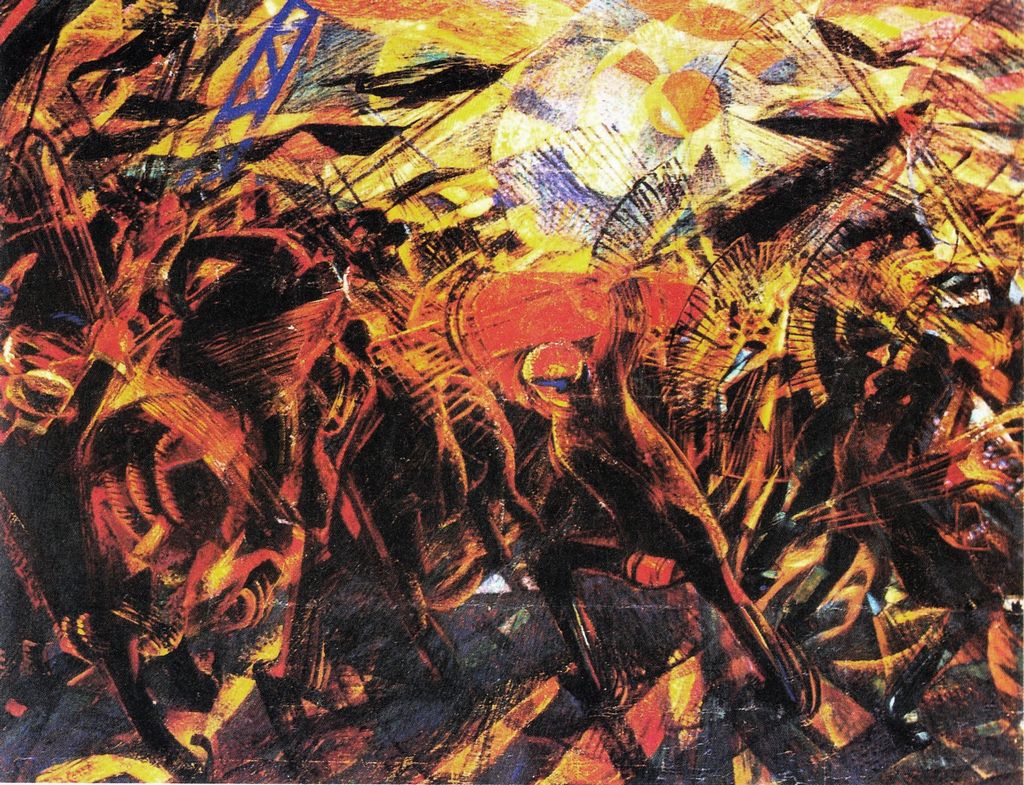
What does it mean to be free? Can we be free while incarcerated, or caged while technically free? How do restrictions in our freedom of movement and in the interaction with other people affect our experience of time, our understanding of ourselves and the others? In this course, we will explore representations of incarceration and isolation across different periods, genres and media. We will ask how race, gender, and socio-economic factors shape the carceral experience for millions of Americans today, but we will also go back in time to read the stories of political and religious prisoners, from Malcom X to Dostoevsky and the 17-century Italian philosopher Tommaso Campanella. We will ask what (and who) gets to define our image of prisons and prisoners, and we will explore metaphorical imprisonment alongside literal incarceration, reading reportages on the experience of quarantine as well as poems that describe the feeling of being trapped in one’s body. Through reading, writing and group discussion, we will learn to approach critically a broad range of sources, developing strategies to analyze texts in their contexts and asking whose voices are heard and whose voices are forgotten or silenced. We will explore different strategies to convincingly develop an argument that takes into account audience expectations and the context in which we are writing.
- Instructor of record: Chiara Benetollo
